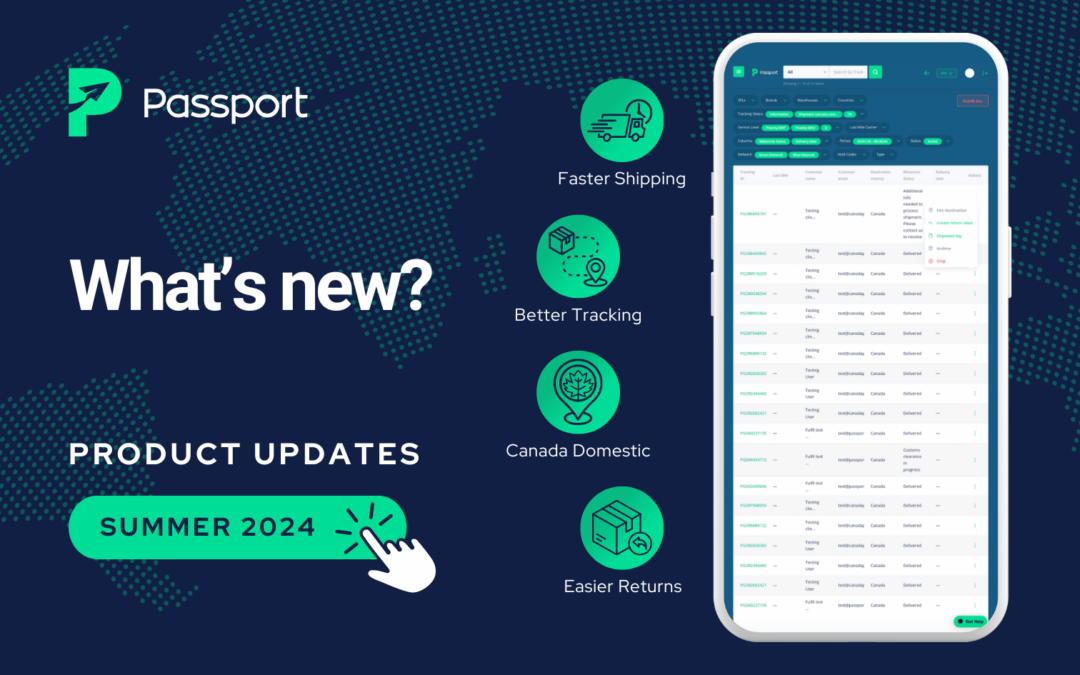In today’s global marketplace, Canadian shoppers are increasingly turning to cross-border online shopping for a wider range of products. However, concerns about shipping options and transparency often deter them from making purchases. As an e-commerce retailer, it is crucial to address these concerns head-on and create trust with your Canadian customers. In this blog post, we will explore key strategies for fostering transparency and meeting the expectations of Canadian shoppers.
1. Be upfront about cost: Uncertainty regarding additional costs such as duties, taxes, and brokerage fees is a significant deterrent for Canadian shoppers. By providing clear information about the total landed cost of a purchase, you empower shoppers to make informed decisions confidently. While some brands may worry that displaying the full cost at checkout could dissuade potential buyers, anecdotal evidence suggests that it mainly deters casual shoppers. Furthermore, this upfront transparency can reduce the volume of returns and customer complaints.
2. Avoid customs delays: The Canada Border Services Agency (CBSA) is vigilant about ensuring compliance with tariff and safety regulations. To ensure smooth customs clearance and prevent delays, there are key elements to consider:
- HS codes: Including a 10-digit Harmonized System (HS) code on your shipments’ labels helps customs authorities understand the nature of your products, applicable import regulations, and duty rates. Transparently providing this information can prevent unnecessary package inspections.
- Commodity descriptions: In addition to the HS code, providing a detailed commodity description further clarifies the contents of your shipment. Consistency between the HS code and commodity description acts as a positive indicator for customs officials. Many merchants use their marketing or product name for this purpose.
- Accurate valuations: It is essential to declare the actual price paid for the products on the shipping label. Undervaluing orders to reduce duty and tax payments raises suspicions and is illegal. Maintaining accuracy in valuations demonstrates your commitment to compliance and builds trust with customs authorities.
3. Proactively resolve common shipping issues: Despite your best efforts, shipping issues can arise during the fulfillment process. To provide exceptional customer service and mitigate potential problems, consider the following measures:
- Package insurance: Many carriers offer affordable insurance options, enabling you to protect your customers’ orders. Investing in package insurance, even at a nominal cost, demonstrates your commitment to ensuring that lost or damaged packages are promptly addressed.
- Customer contact info: To facilitate smooth delivery and resolve any issues that may arise, provide the carrier with your customers’ contact information, such as email or phone numbers. This enables direct communication and helps address delivery concerns efficiently.
Creating trust and transparency is vital when catering to Canadian shoppers’ expectations for shipping options. By being upfront about costs, avoiding customs delays, and proactively resolving shipping issues, you can foster a positive customer experience and build long-term relationships with your Canadian customers. Embracing these strategies will not only enhance customer satisfaction but also contribute to your brand’s reputation and success in the Canadian market.




